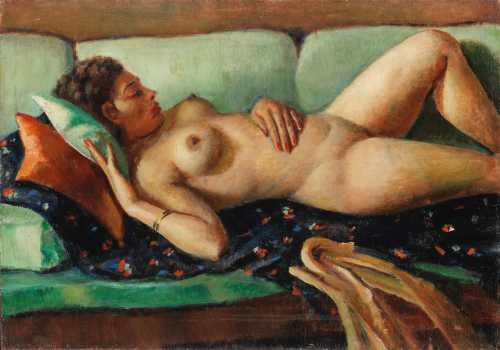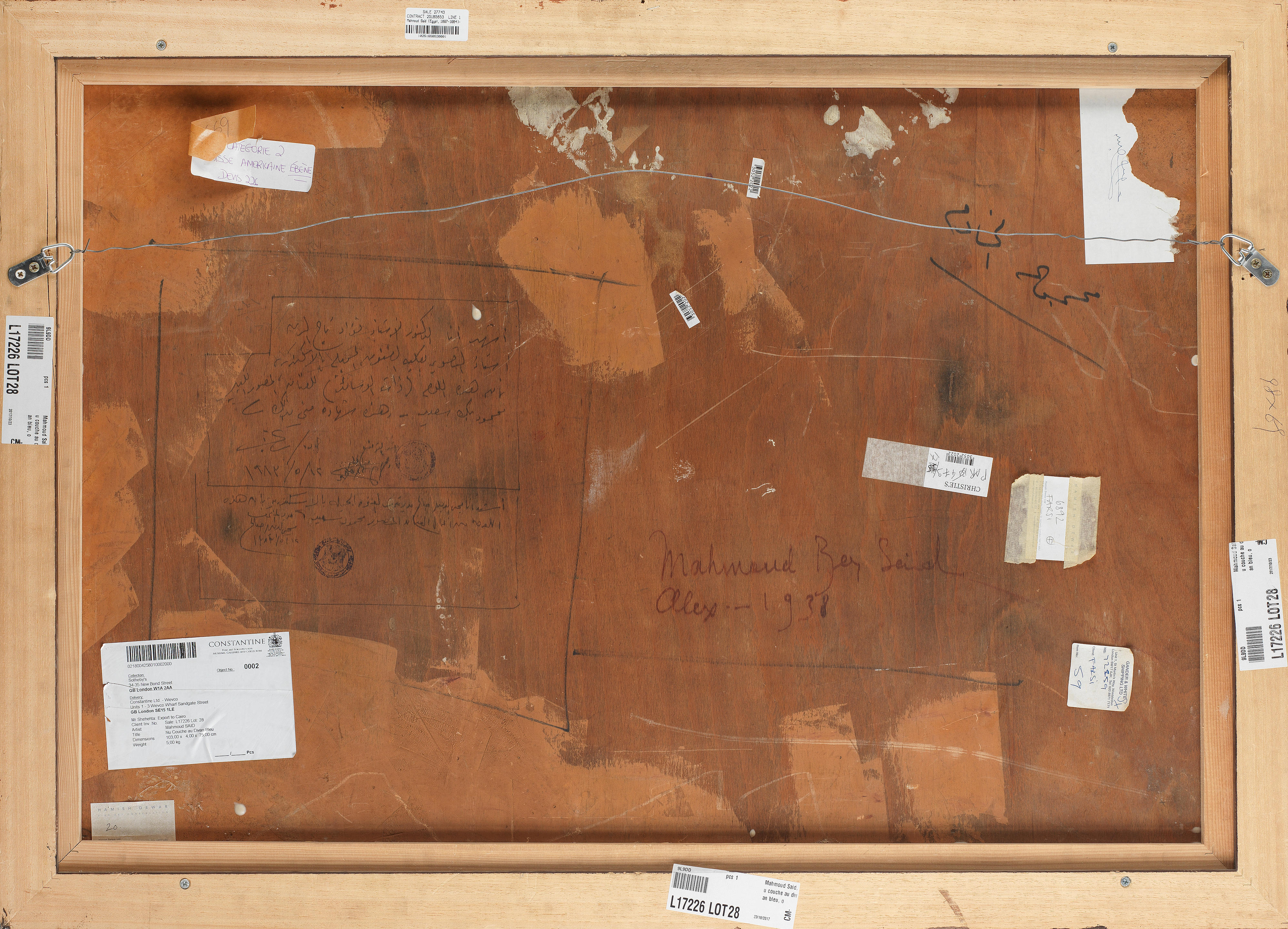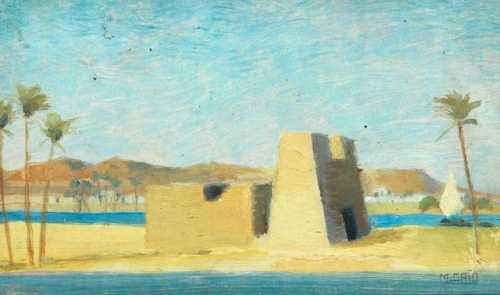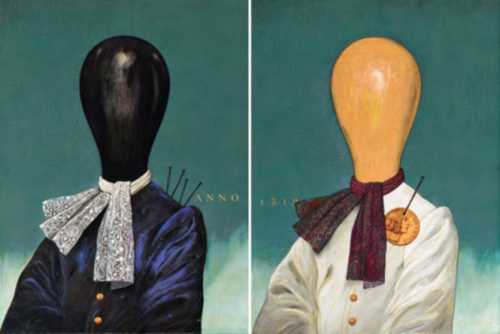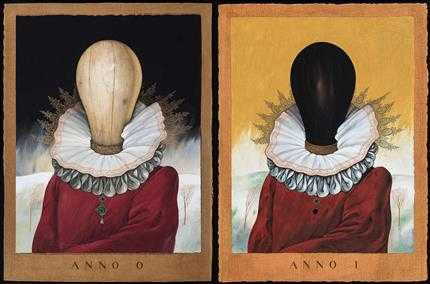- Nu couché au divan blue (Nude Reclining on a Blue Couch) 1938
- oil on board
- Painting
- 98 * 69 cm
- signed "Mahmoud Bey Said" and dated "1938" and further inscribed "Alexandria" on the verso
Framed
Estimation
£120,000
150,508 USD
-
£150,000
188,135 USD
Realized Price
£138,900
174,213 USD
2.889%
Artwork Description
"Said's breath-taking nudes are unfathomable for a fils de famille and decidedly incompatible with the local traditions and Islamic religion. The modern yet timid Said seeks to exhibit a conscious play between stricture and desire for uninhibited freedom, in search for the "essence of womanhood". At a time when controversial polemics between progressives and traditionalists were on the rise, he managed to stop short of crossing the line into an impermissible eroticism and brought out a hungry fusion of inhibition and desire to shock our morality.
A crisis of orientation loomed in Egypt, tearing it apart between calls for separation of religion and state against calls for a revival of Egypt's Islamic and Arab roots. At the same time, Said painted the naked female body and undertook to shock a conservative nation that has just accused Taha Hussein, the Dean of Contemporary Arabic literature and pioneer of the enlightenment, of blasphemy.
Acting as a loud cry from the inner depth of an artist with conflicting desires, his intense nudes show a brutal determination to liberate the native woman and glorify her as a love goddess"
- Fatenn Mostafa Kanafani - A Legacy of Dichotomies: When the International Art Market Met the "Oriental Lord"
Mahmoud Said was profoundly inspired by the female form, facilitated by his social standing, his celebration of the female nude was a brave move that broke absolutely with Egyptian artistic traditions. To him and his artistic milieu the Egyptian peasant represented the liberal future of Egypt, but Said's nudes are the continuation of an earlier tradition drawing on nineteenth century European paintings romanticising the Orient.
Said presents his interpretation of the Odalisque, the mysterious female of the Arab world hidden behind veils, that so inspired European painters of the nineteenth century. This painting is part of a body of work steeped in an earlier, foreign style, but unlike its predecessors draws not on fantasy but on fact. These nudes are a type of romantic realism entirely unique to Mahmoud Said, a bold and remarkable celebration of the female form for his time and place.
Said reveres his sitter by focusing on her form, her pose, her skin and face. He paints her as she is, an Egyptian woman with characteristic full lips, high cheekbones and dusky skin. Unlike his European predecessors who would place milk-white European models in an Oriental context by draping them in exotic silks and surrounding them with Islamic carpets in a thrilling, almost scandalous, interpretation of the everyday, here the artist chooses to highlight the Odalisque's command of her own sensuality without sacrificing the romance of her character.
A crisis of orientation loomed in Egypt, tearing it apart between calls for separation of religion and state against calls for a revival of Egypt's Islamic and Arab roots. At the same time, Said painted the naked female body and undertook to shock a conservative nation that has just accused Taha Hussein, the Dean of Contemporary Arabic literature and pioneer of the enlightenment, of blasphemy.
Acting as a loud cry from the inner depth of an artist with conflicting desires, his intense nudes show a brutal determination to liberate the native woman and glorify her as a love goddess"
- Fatenn Mostafa Kanafani - A Legacy of Dichotomies: When the International Art Market Met the "Oriental Lord"
Mahmoud Said was profoundly inspired by the female form, facilitated by his social standing, his celebration of the female nude was a brave move that broke absolutely with Egyptian artistic traditions. To him and his artistic milieu the Egyptian peasant represented the liberal future of Egypt, but Said's nudes are the continuation of an earlier tradition drawing on nineteenth century European paintings romanticising the Orient.
Said presents his interpretation of the Odalisque, the mysterious female of the Arab world hidden behind veils, that so inspired European painters of the nineteenth century. This painting is part of a body of work steeped in an earlier, foreign style, but unlike its predecessors draws not on fantasy but on fact. These nudes are a type of romantic realism entirely unique to Mahmoud Said, a bold and remarkable celebration of the female form for his time and place.
Said reveres his sitter by focusing on her form, her pose, her skin and face. He paints her as she is, an Egyptian woman with characteristic full lips, high cheekbones and dusky skin. Unlike his European predecessors who would place milk-white European models in an Oriental context by draping them in exotic silks and surrounding them with Islamic carpets in a thrilling, almost scandalous, interpretation of the everyday, here the artist chooses to highlight the Odalisque's command of her own sensuality without sacrificing the romance of her character.
More lots by Mahmoud Said
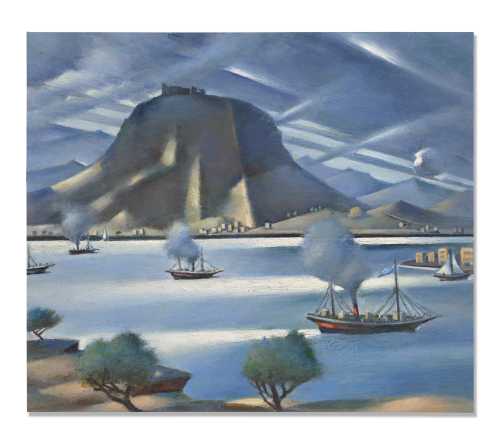
Vue de la plage à Cassata en Grèce (View of the beach in Cassata in Greece)
Estimation
£250,000
322,497 USD
-
£350,000
451,496 USD
Realized Price
£844,200
1,089,009 USD
181.4%
Sale Date
Christie's
-
31 October 2024
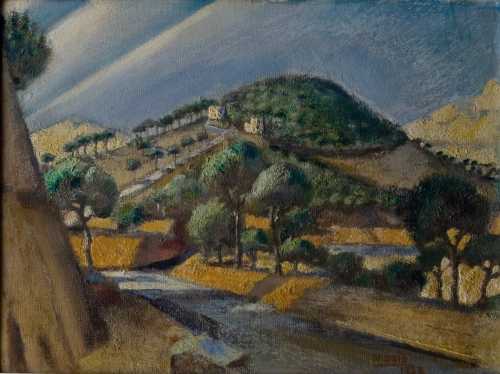
Mekarzel Hill
Estimation
£60,000
78,947 USD
-
£80,000
105,263 USD
Realized Price
£127,000
167,105 USD
81.429%
Sale Date
Christie's
-
6 November 2025
Realized Price
248,404 USD
Min Estimate
81,980 USD
Max Estimate
113,330 USD
Average Artwork Worth
+106.202%
Average Growth of Artwork Worth
Sales Performance Against Estimates
Average & Median Sold Lot Value
2021 - 2025
Performance vs. Estimate
2021 - 2025
Sell-through Rate
2021 - 2025
Similar Artworks

End of an Era from the Memories of Destruction series
Estimation
100,000,000,000﷼
166,667 USD
-
120,000,000,000﷼
200,000 USD
Realized Price
123,200,000,000﷼
205,333 USD
12%
Sale Date
Tehran
-
5 July 2024
